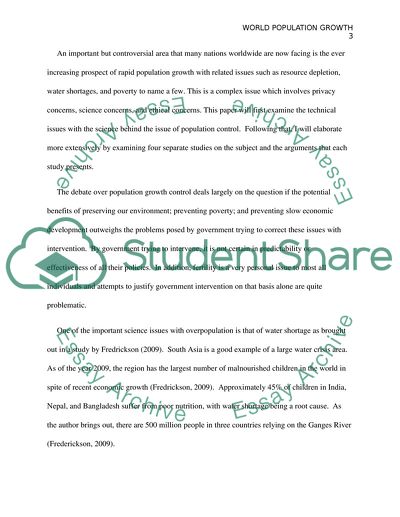Cite this document
(“World Population Growth and the Policy of Nations Research Paper”, n.d.)
World Population Growth and the Policy of Nations Research Paper. Retrieved from https://studentshare.org/social-science/1741011-population-growth
World Population Growth and the Policy of Nations Research Paper. Retrieved from https://studentshare.org/social-science/1741011-population-growth
(World Population Growth and the Policy of Nations Research Paper)
World Population Growth and the Policy of Nations Research Paper. https://studentshare.org/social-science/1741011-population-growth.
World Population Growth and the Policy of Nations Research Paper. https://studentshare.org/social-science/1741011-population-growth.
“World Population Growth and the Policy of Nations Research Paper”, n.d. https://studentshare.org/social-science/1741011-population-growth.


